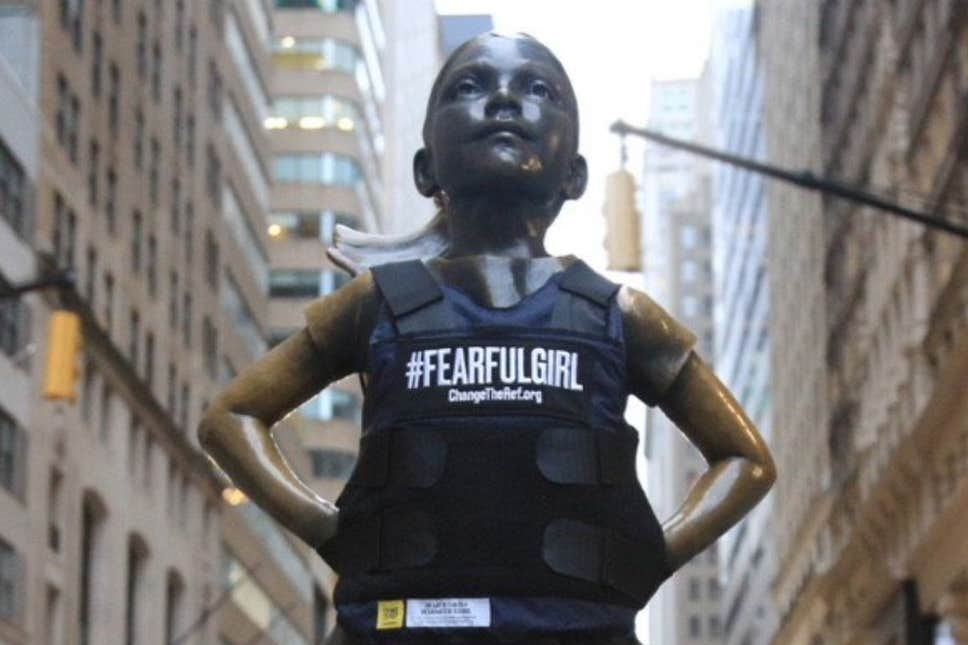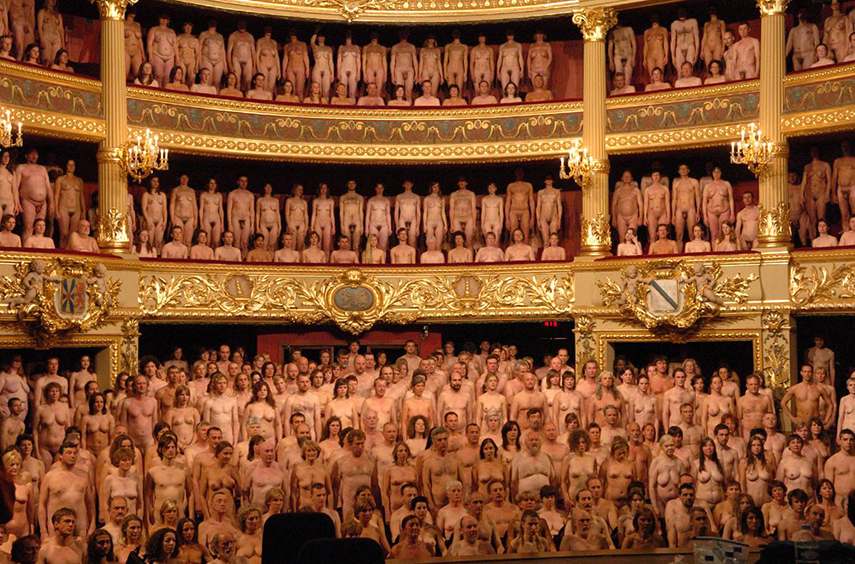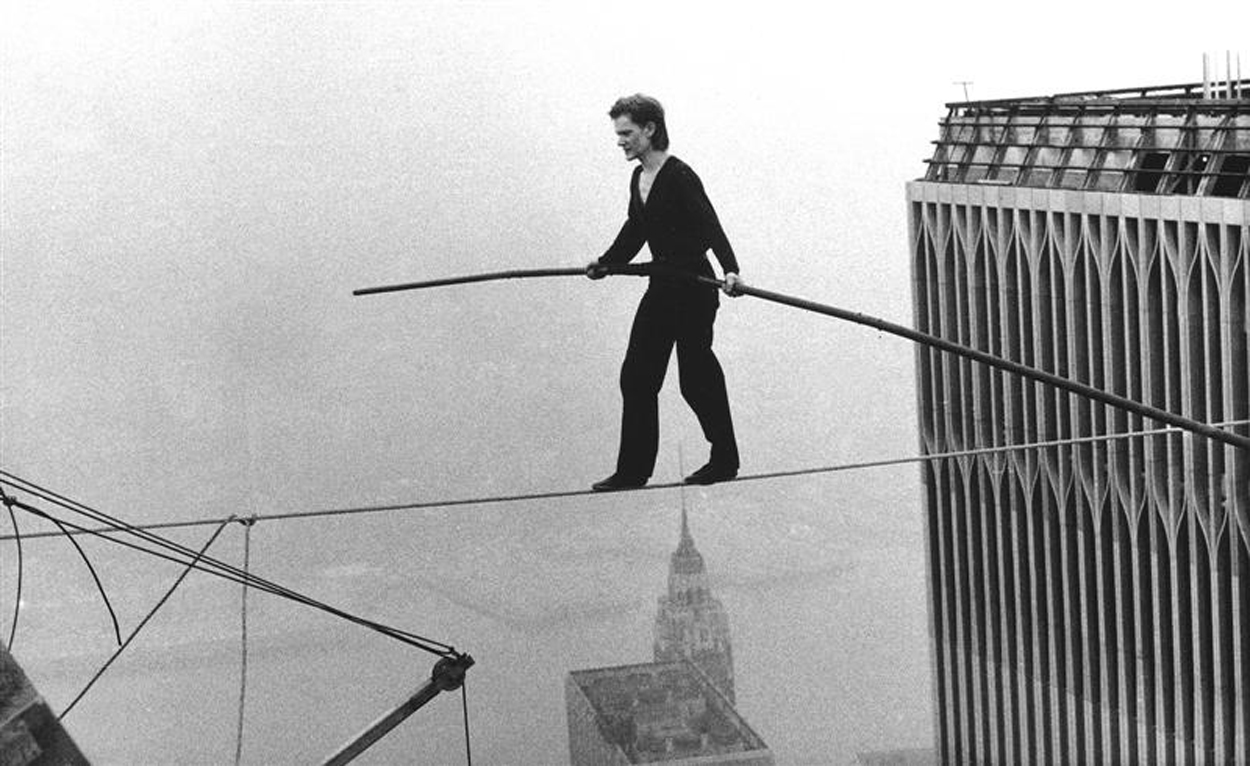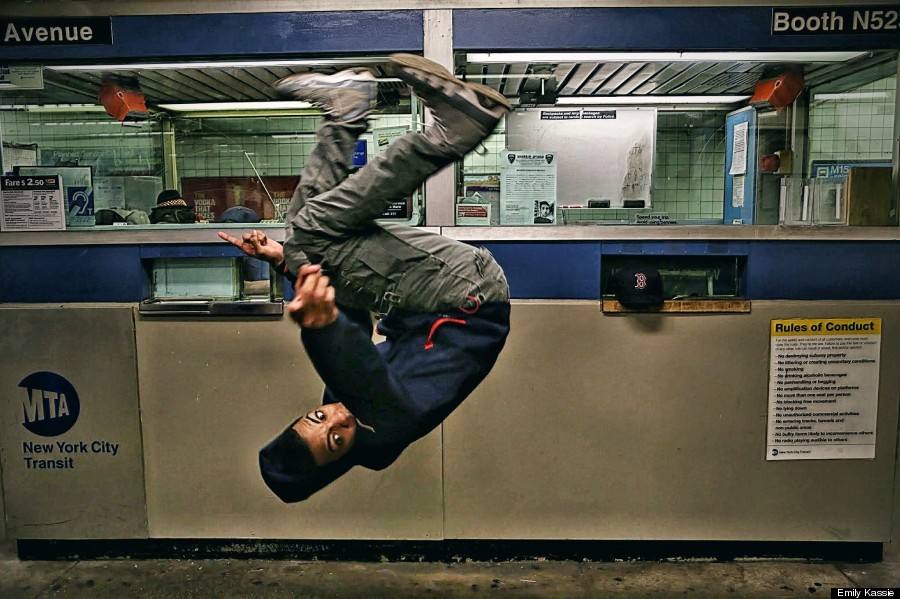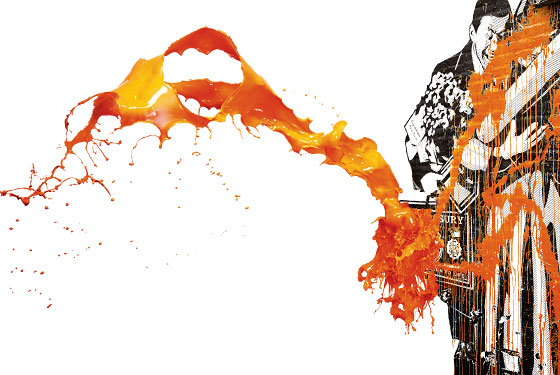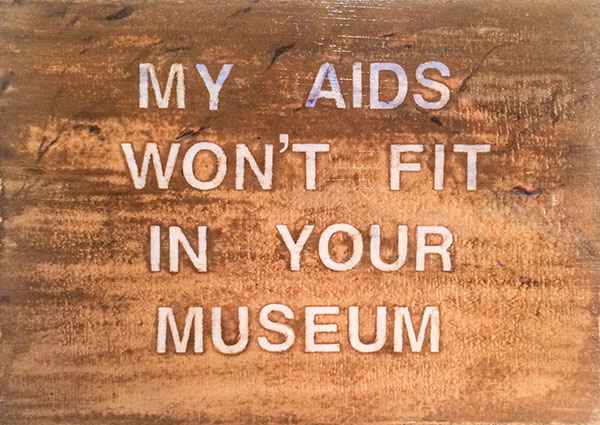
AIDS has killed over 39 million people and 36 million people are living with HIV today. Visual AIDS is the largest collection of artworks from artists that have HIV/AIDS. This organization, for 26 years, holds an annual “Day With(out) Art” and this year’s focus is called Radiant Presence that showcases the artwork with information about the diseases. Radiant Presence honors the radiance of the people who have died from HIV/AIDS and brings attention to those currently living with it. This also promotes conversation regarding the ethnicities this epidemic effects and the awful stigma related to the diseases. Radiant Presence will be shown through public screenings, programs in museums, social media, and other forms for World AIDS day, which is today, December 1st. The Visual AIDS started the first “Day With(out) Art” in 1989 to promote action towards the crisis. Over 800 museums and other art institutions participated during the first year. This day was originally named Day Without Art, Visual AIDS decided to add in a parenthesis around the word out. The parenthesis highlights the art projects focusing on AIDS and urges those artists with HIV to keep producing art. Bringing together a variety of artists, this day without art is to educate the public, mourn lives that have been lost due to this crisis, and finding a cure. The museums and organizations that participated in the “Day With(out) Art” covered up their artworks and replaced them with information regarding HIV/AIDS. They also set up specific exhibitions, programs and readings to teach people about having safer sex. Although these organizations and galleries who participate in this day cover up their art, they also, in turn, produce artworks by replacing them with HIV/AIDS artwork and information. Visual AIDS created other projects too, such as “A Night Without Light,” “Electric Blanket,” and “Positive Actions.” The first project, “A Night Without Light,” was only fifteen minutes long. The lights of Manhattan, New York were turned off including the World Trade Center to mourn the lives lost to HIV. “Electric Blanket” was a giant slideshow about AIDS including data, demographics, and pictures. It began in New York but toured different parts of the world. The “Electric Blanket” contained three different parts; memorial, action and document. Memorial photos of those who have died were presented first, following the action stage that showed photos from protests and marches. The document part presented education about AIDS as well as discussing those artists alive with AIDS at the time. The last example, “Positive Actions,” was a competition to create a public work of art regarding the AIDS crisis. Focusing on the idea of those artists living with AIDS dealing with the stigma, this project brought together different types of artists, such as performers and photographers, and created an AIDS related work that was placed in New York. There were also numerous other projects that Visual AIDS created to raise awareness. One extremely important project created by Visual AIDS was “The Ribbon Project,” which we know today as Red Ribbon. I remember having Red Ribbon Week during middle school without knowing the meaning behind why we were having it. The Red Ribbon symbolized AIDS awareness to get people to start talking about the disease. Using inspiration from the yellow ribbons that symbolized the U.S. Military, the Red Ribbon was created to support those living and those that have passed from HIV/AIDS. The color red is bold and expressive; it symbolizes love and compassion. These ribbons were easily distributable and continue to be a strong symbol for the HIV/AIDS community. Overall, this organization has provided such an amazing opportunity for the public to learn and be aware of the issue. Visual AIDS has made it easier for people to come together, and collectively work towards changing the face of AIDS. Unfortunately organizations like this face opposition simply because of the stigma of AIDS. The artwork provides an education to those who are ignorant of the details. Art projects like this can theoretically save lives in the future. Although tough to understand, and probably even more difficult to live with, Visual AIDS has made an incredible impact for the HIV/AIDS community.

